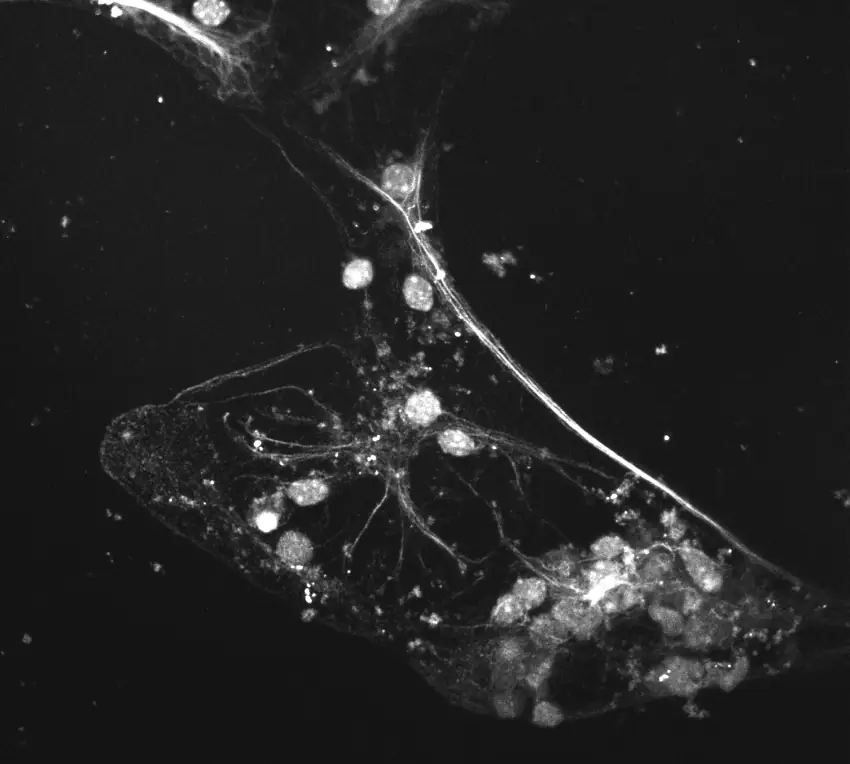Conference on Recent Advances in Translational Eye Research 2023
September 7–8, 2023
Copernicus Science Centre, Warsaw, Poland

What is CRATER?
It is all about the eye
The Conference on Recent Advances in Translational Eye Research 2023 is an opportunity for all researchers, investors, and entrepreneurs whose interests focus on the eye.
The conference will enable discussion between specialists from different fields who are united in their pursuit to understand better the challenges of eye imaging, the process of vision, and formation of eye diseases.
During this international and interdisciplinary event, we will discuss frontiers of research on new methods and tools enabling diagnosis and treatment of eye diseases and also ideas on how to facilitate rapid implementation of new eye therapies.
Conference Themes and Topics: Optogenetics, OCT, two photon imaging, machine learning, structural biology, bioinformatics, deep learning, machine vision, robotics, optoretinography
-
CRATER 2023 program announcement
-
Early registration deadline (lower fee) - extended
-
Deadline for poster abstract submission – extended
-
Registration deadline for all participants
-
CRATER 2023 conference in Warsaw
About us
Organisers
The conference is organised by International Centre for Translational Eye Research (part of Institute of Physical Chemistry, Polish Academy of Sciences) and the Candela Foundation
All members of ICTER community, are committed to providing the best eye research through improvements of systems, processes and technology. We are researchers & innovators whose scientific goals are focused on eye.
The CRATER 2023 conference is supported by i2EYE. The next i2EYE meeting will be held in Pittsburgh in 2024. All the participants of previous editions of i2EYE are invited to participate in the CRATER meeting in 2023.
The Candela Foundation supports development of optics and photonics in Poland.
Join us in Warsaw
Today, Warsaw is a booming metropolis, one of the fastest developing capitals of the European Union, and the ninth most populous urban area in the Union. Its unique architectural style blends new and old, continually evolving.Click here to discover more about Warsaw.
